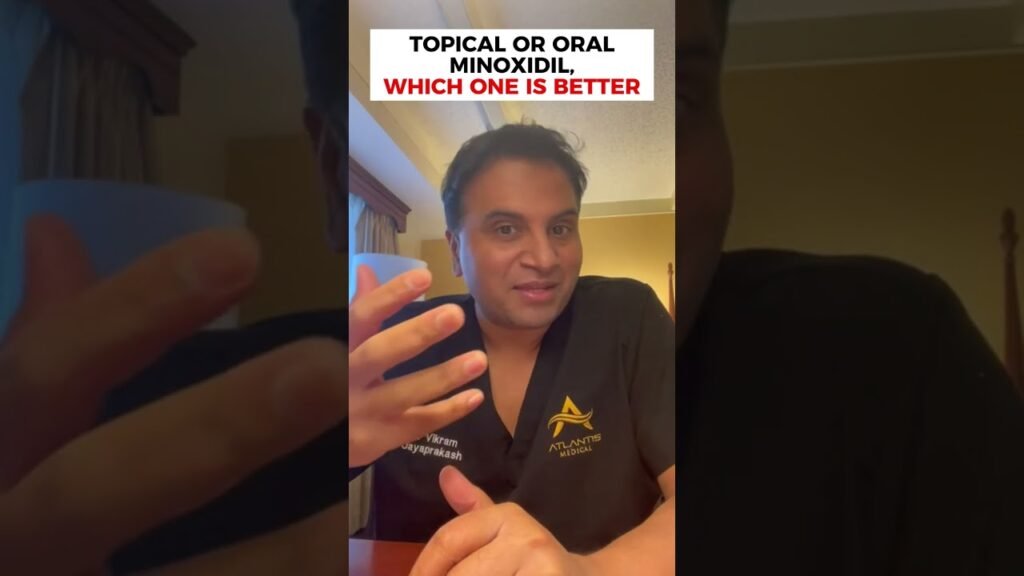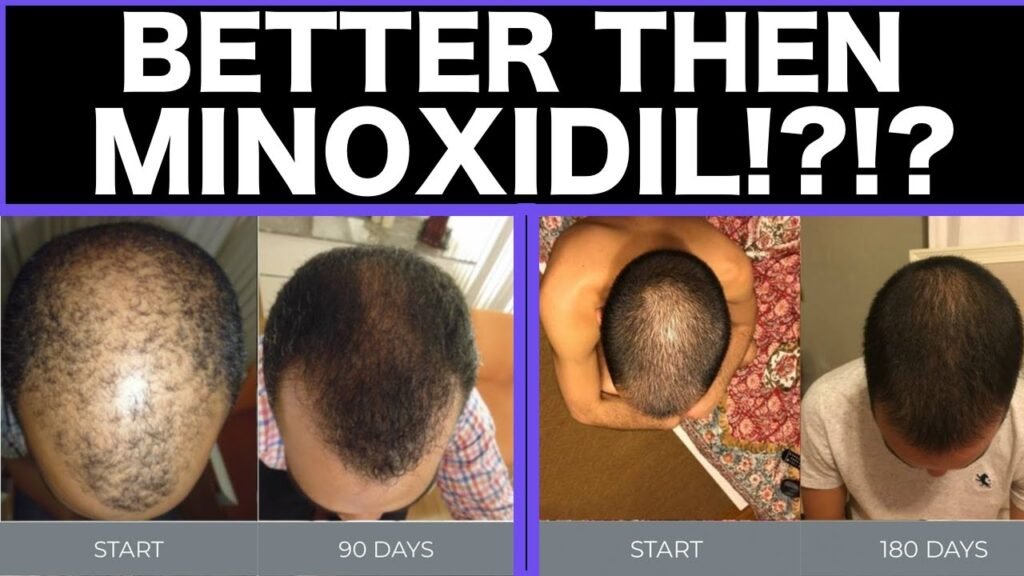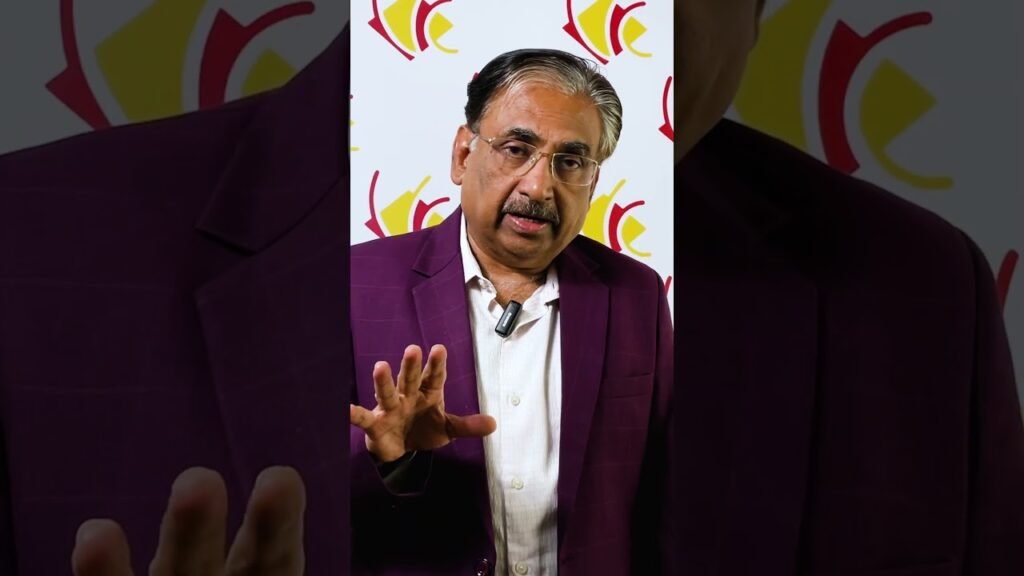Complete comparison of Oral minoxidil vs topical
When it comes to treating hair loss, both oral minoxidil and topical minoxidil are popular options, each with distinct characteristics and benefits. Understanding the differences between these two forms can help individuals make informed decisions about which treatment might be more suitable for their specific needs.
Efficacy and Application
Oral minoxidil is typically prescribed in low doses for hair loss, and it works systemically by improving blood circulation, potentially leading to increased hair growth. In contrast, topical minoxidil is applied directly to the scalp, targeting hair follicles locally. This direct application is designed to stimulate hair growth in the treated areas. While both forms aim to combat hair thinning and promote regrowth, their methods of application and absorption can lead to varying results depending on individual responses.
Side Effects and Considerations
One of the primary considerations when choosing between oral and topical minoxidil is the potential for side effects. Oral minoxidil may cause systemic side effects such as changes in blood pressure, heart rate alterations, or unwanted hair growth on areas other than the scalp. On the other hand, topical minoxidil is generally associated with localized side effects like scalp irritation or dryness. Patients need to weigh these potential side effects against the benefits when deciding on a treatment plan.
Convenience and Usage
In terms of convenience, topical minoxidil requires daily application, which might be considered cumbersome by some users. However, it allows for targeted treatment of specific areas of hair loss. Oral minoxidil, taken as a pill, offers ease of use but requires a prescription and regular monitoring by a healthcare provider to manage any systemic effects. Both forms require consistent use over several months to observe significant results, making commitment to the chosen treatment an important factor in the decision-making process.


